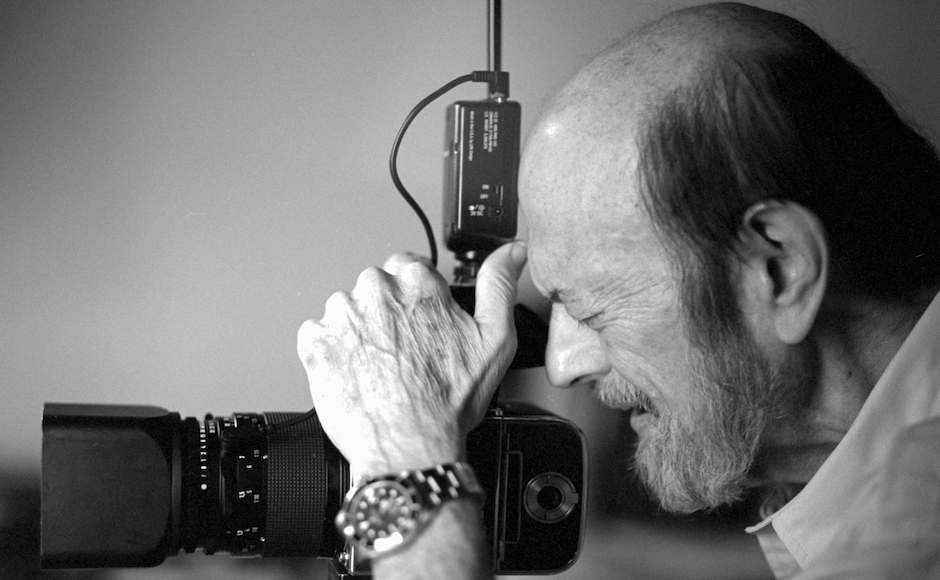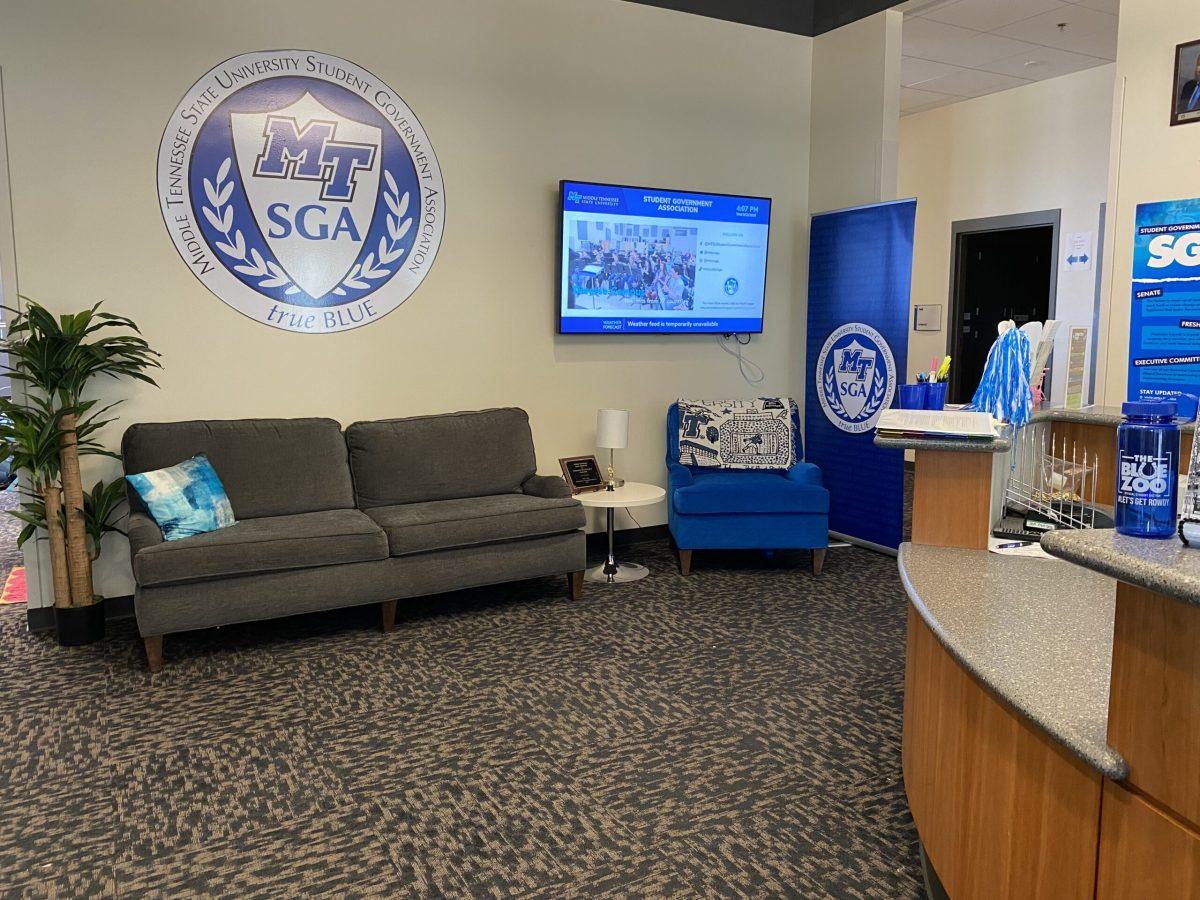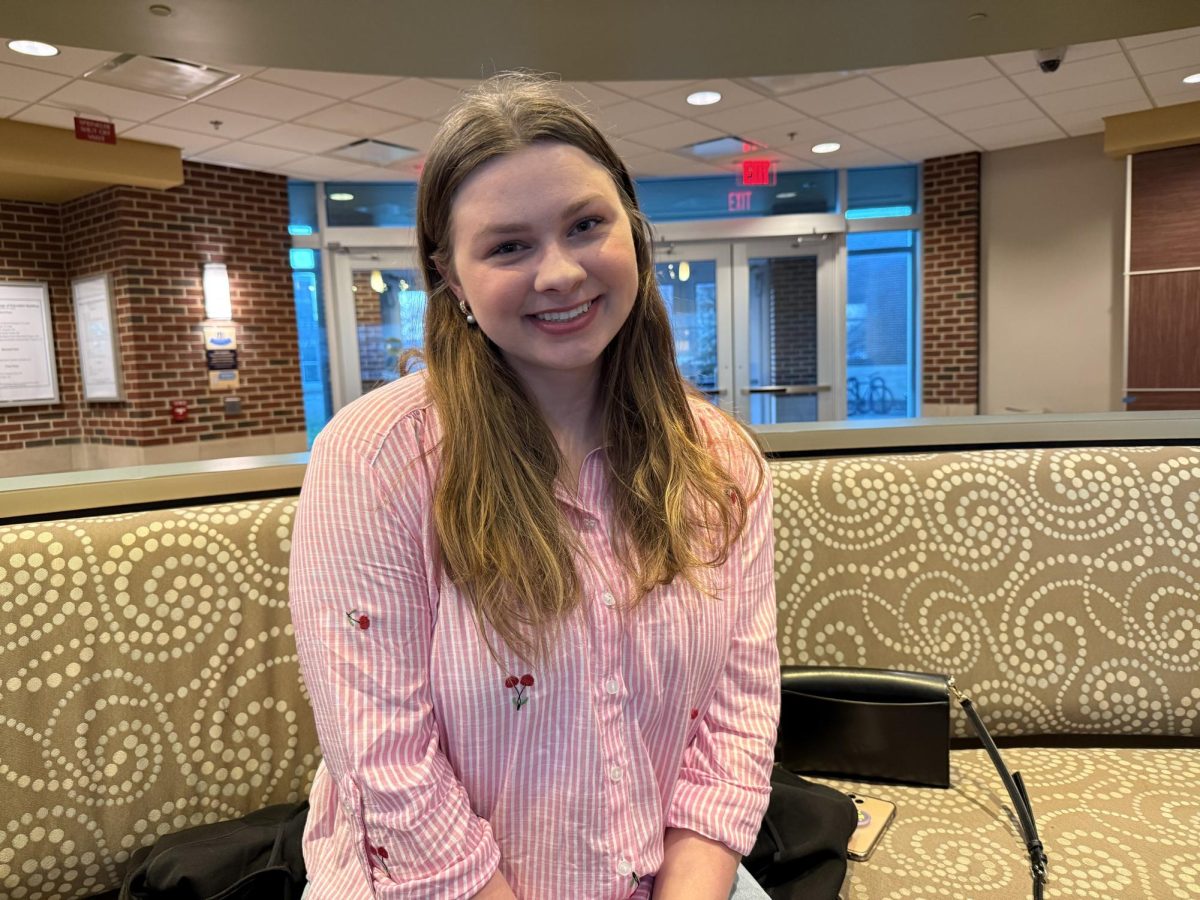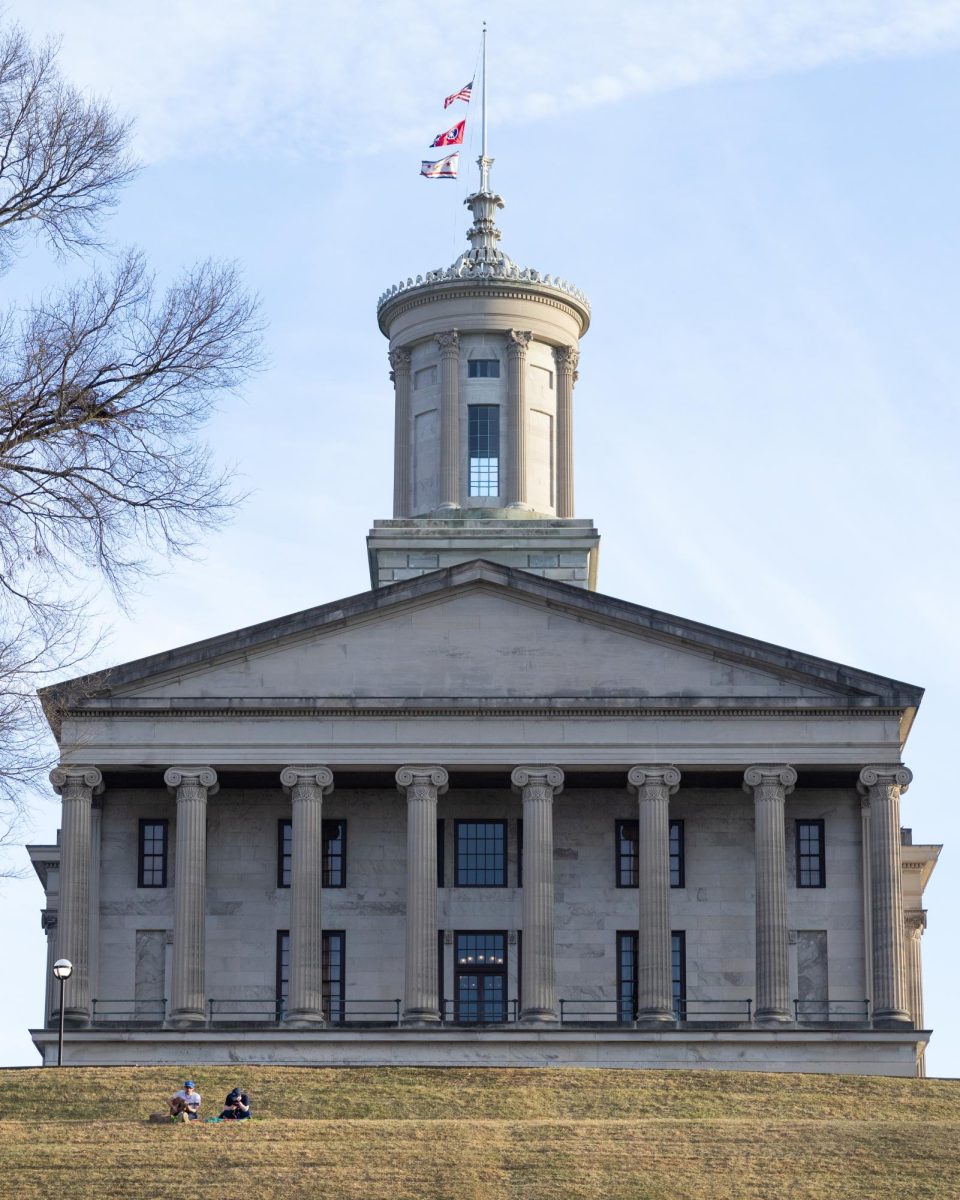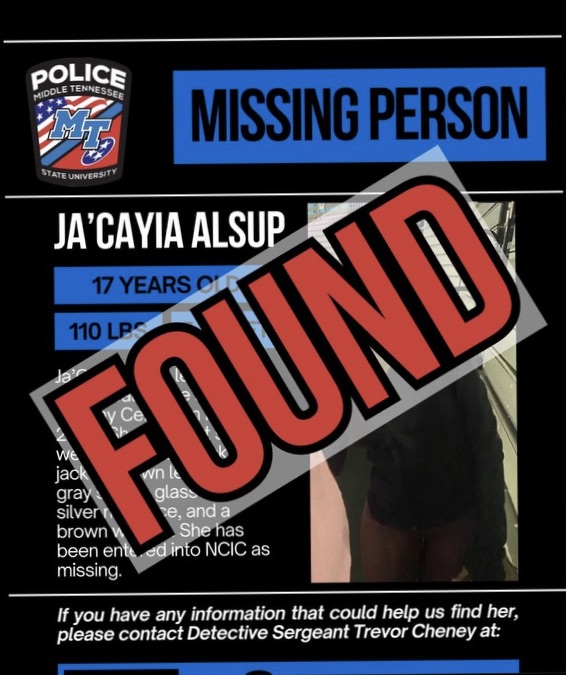Photo courtesy of AJ Holmes
Tom Jimison was a photography professor who taught at MTSU for more than two decades until his death on Sept. 14 at the age of 75. Before then, Jimison lived in New Orleans as a prominent commercial photographer.
Students, faculty and MTSU alumni all agree that when it came to his work, Jimison was a perfectionist. The large format bodies of work that he made during his time in the Southwest United States speak to that claim. The corners of his prints are crisp. Speckles of paint are visible on the cracked New Mexico churches, baked by the sun.
Though Jimison was adamant about attention to detail, people at MTSU remember him most not for his own work, which was extensive, but the impact he made on other students and their work in his years of teaching.
A few people who grew to know Jimison sat down with Sidelines to discuss his impact and the legacy he left behind at MTSU.
Jackie Heigle, an associate professor of photography at MTSU, knew Jimison for a number of years before his death. Heigle met Jimison in 1991 on a riverboat in New Orleans during a photography conference. At the time, Jimison was working out of the studio as a commercial photographer.
The two met again four years later at MTSU when Heigle was interviewing for her first teaching position.
“I looked at Tom Jimison and thought, ‘I’ve met you before,’” Heigle said. “He looked at me and we both recognized (each other).”
Heigle and Jimison had another connection. At one point, the photographer Gypsy Ray had taught Heigle as a professor. Jimison was Ray’s teacher.
“Life comes around,” Heigle said. “It still gives me goosebumps today.”
Jimison’s office sat adjacent to Heigle’s in the McFarland Building where photography classes are held. His last months were spent less and less in the photo building as he battled sickness.
Heigle’s personal connection with Jimison ran deep — they shared a friendship for more than two decades.
When Heigle lived in Santa Fe, Jimison and his wife would visit. “That’s where his photography of all those Southwestern churches started,” Heigle said. Those photos are currently sitting on display in the McFarland Building student gallery.
The attention Jimison gave to his work was reflected in how he taught- slow and methodical, paying painstaking attention to detail.
He wanted nothing more than to pass that knowledge on to students, according to Heigle.
“He knew the students are the ones that are ultimately going to have to do it — to have that eye, to have that mastery, to have that confidence,” Heigle said.
In addition to teaching, Jimison assumed the role of curator at the Baldwin Photographic Gallery, a responsibility he carried for 26 years. The gallery sits on the second floor of the John Bragg Media and Entertainment building, a stark white room that has displayed works from prominent photographers, the most recent being Dana Gluckstein, Shelby Lee Adams and Steve McCurry.
Heigle said that Jimison put more work into the gallery than most people realize.
“I do think he was very proud with his best shows, bringing them and having the students be so excited about the work that they saw, or the artists they listened to,” Heigle said. “I think his role as curator was undervalued except by Harold Baldwin, who saw it absolutely necessary to donate a lot of money so that we could get the new gallery built.”
It was always Jimison’s goal to provide opportunities for students to experience everything about photography, according to Heigle.
“I really think he believed in his students,” she said.
According to Blake Carey, a senior photography major who took Jimison’s black and white and editorial photography classes, the professor taught much of what he knew outside the class.
“I feel like I learned more from him outside of class than I did actually in class,” Carey said. “When you stayed after his classes he would talk to you for like an hour and a half.”
Carey said that Jimison’s signature characteristic was how much he knew about photography and how he applied that knowledge.
He said that Jimison “knew everything about printing,” joking that the professor was “Ansel Adams’ brother.” Carey said that even students who weren’t enrolled in Jimison’s classes were invited to learn from him and could sit in on his lectures.
“He was just a wealth of information and a great guy,” Carey said.
Amiee Stubbs, 43, graduated in May 2012 from MTSU with a bachelor’s degree in photography. She had attended the university in the ‘90s out of high school, but never finished her education. When she returned to MTSU a few years ago, Stubbs intended to pursue interior design.
Stubbs needed an elective and chose art drawing over the summer. When the class was cancelled, she chose basic black and white photography. Stubbs ended up not needing to take the class, but Jimison convinced her to stick with the class anyway.
“I still remember sitting on the sofa and talking to this man, and I told him how much I loved (photography), and he told me how much he loved it, and he talked me into it,” Stubbs said. “It changed the entire course of my life: that conversation.”
Stubbs decided to wholeheartedly pursue photography. As someone trying to turn her passion into a business, Jimison was the encouragement Stubbs needed.
“Mr. J was very encouraging on making (photography) a business because he had done that as well,” Stubbs said.
Stubbs now works primarily as a pet photographer in Nashville in addition to being a photographer for the Nashville Zoo. Stubbs took one of the last photos of Prince before his death in April 2016, a picture that would make its way to Rolling Stone. She credits her accomplishments to Jimison.
“It is really incredible how much has happened for me since then, and it is all thanks to his encouragement,” Stubbs said. “He literally changed my life. His passion for photography was so infectious.”
To contact News Editor Andrew Wigdor, email newseditor@mtsusidelines.com.
For more news, follow us at www.mtsusidelines.com, on Facebook at MTSU Sidelines and on Twitter at @Sidelines_News.


